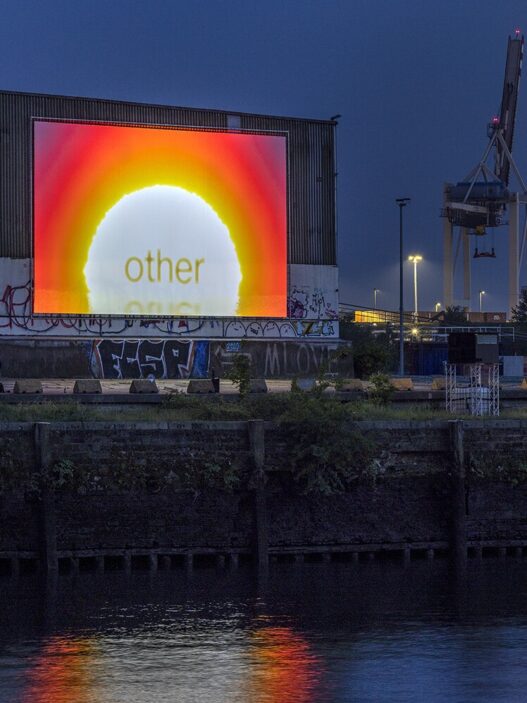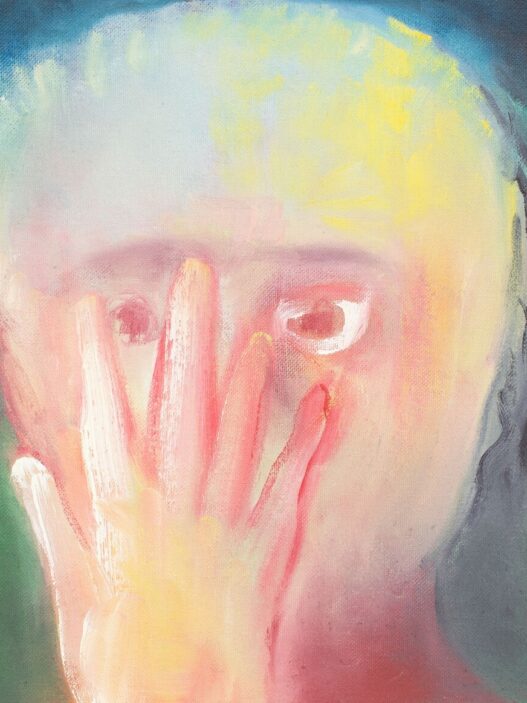July 17–September 11, 2022
Opening: July 16, 5–7pm
It has to do with what exceeds the typical flow when some of it falls from the belt and lands on the walkway next to the conveyor. The title’s reference to a conveyor belt captures some of the concepts behind this group exhibition: a setting that governs how things proceed (a well-oiled system where everything circulates in accordance with predetermined parameters); accumulation, waste, and spillage within it, which never quite stops circulation but always swirls it slightly; and the potential to withdraw from normal flow and find some space to occupy in its immediate surroundings.
The works in the exhibition all address residue on various levels, whether it be literal waste and excretion flows, secondary products produced by the operations of larger primary systems, the overlooked contribution of industrial management of death to the development of Modernism, or residual navigations of public space that go beyond its intended socialization. These works, which address the significance of tensions between remainder and context, inevitably refer to the location where they are situated as well: Vleeshal was formerly the meat market of the former town hall, a gothic civil structure used in the heart of an old port city steeped in the history of colonial trade, political power, and cultural hegemony.This exhibition space, which is characterized by commerce and government, is a context rich in codifications relating to the determination of value, the channeling of desire, the distribution, and the interaction of bodies and meanings.
A key component of Rindon Johnson’s work, cow rawhide, has a unique connection to its environment that is comparable to the context-dependence of bodies and meanings. It is a byproduct whose very existence is a remnant of a previous system (the meat industry). With rains, this untreated skin swells, stretches, stains, and rots before drying out and changing shape.
Christopher Aque looks at how desire overlooked by dominating forces passes across settings that were not meant to accommodate it as he studies visuality and erotics in the public environment. The surveillance systems that threaten to stifle dissident ambitions share a number of optical tactics with those systems (the hunt, the camouflage, the disclosure, the scanning, the lookout for patterns and clues). In the public realm, erotic charge coexists with systems of power, and the individual overlaps with the generality of these structures without necessarily changing how they normally function.
Small-scale protests occur close to the larger-scale activities that keep the State running. Both systemic operations and customs management have a linguistic trait in common: they are both always articulated in the gerund, a verbal tense with no subject, beginning, or end. By using this jargon, Claudia Pagès discusses the uncertain present that is being held in suspense and how bodies are forcefully caught in it. However, residual flows with their own distinct codes, dynamics, and trickle of time always exist close to container ports.
The philosophical and practical connections between modernity and death are examined by Aria Dean. The slaughterhouse played a pivotal role in the early development of Modernist architecture, which was inspired by agricultural structures built to facilitate animal slaughter and the removal of carcass waste. These structures’ angular functionality and effective body placement in space were abstracted and aestheticized by the modernists. Dean’s engravings in rubber—a material used for erasing, absorption, and pipe lining—are formalized recreations of devices from slaughterhouses that were designed to be activated by dead load.
Markt 1
4331 LL Middelburg
The Netherlands
Hours: Wednesday–Friday 1–5pm,
Saturday–Sunday 11am–5pm
T +31 118 652 200
office@vleeshal.nl









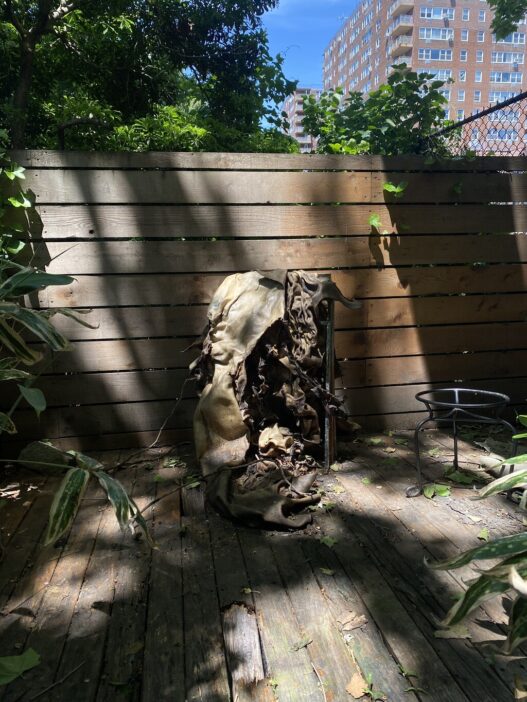




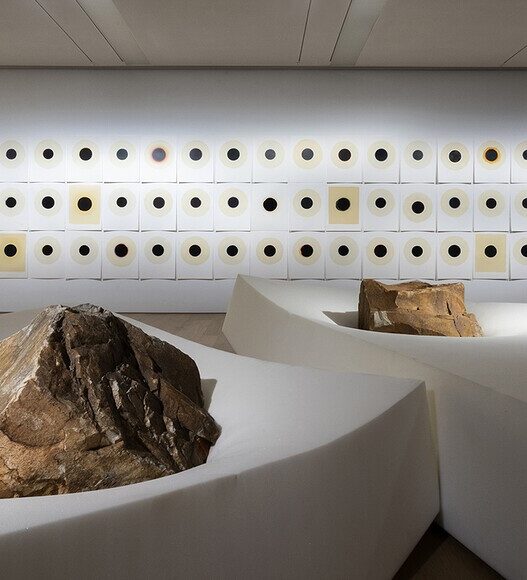

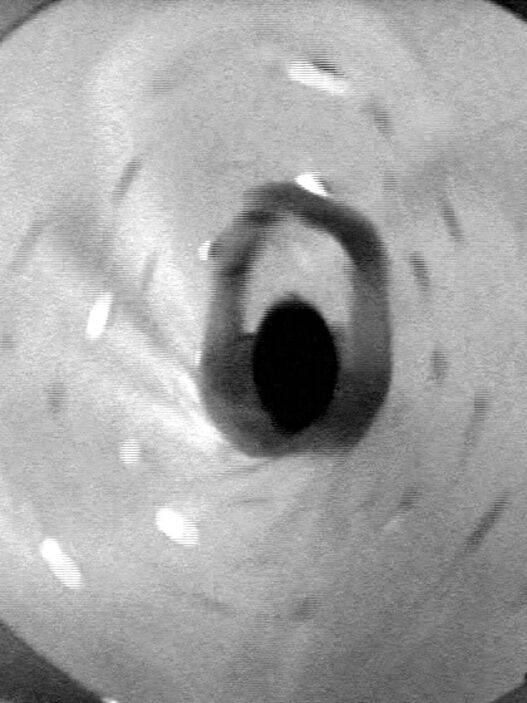

![[1] Ríos de Gente, 2021. Photo: Juan Esteban Calderón. [2] Estrías, 2009. Photo: City of Women. [3] Quien Puede Borrar Las Huellas?, 2003. Photo: Victor Pérez. [4] Tierra, 2013. Photo: Bertrand Huet. [5] La Sombra, 2017. Photo: Michael Nast. All images courtesy of the artist.](https://dailyart.news/wp-content/uploads/2022/06/regina_jose-527x703.gif)
